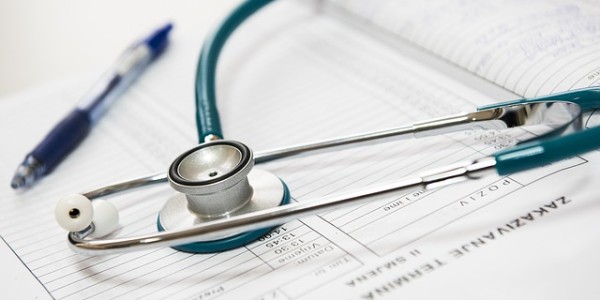3D printing is becoming an increasingly important technology. What started out as a limited means of creating plastic models and prototypes has evolved into something much more sophisticated, and much more valuable. 3D printing is a technology that can improve a person’s quality of life. Healthcare is just one of many industries already benefiting from the evolution of additive manufacturing.
Healthcare has seen a number of advancements in recent years thanks to 3D printing. It’s made surgeries and procedures safer and more affordable, and, in some cases, has improved the overall quality.
Additive manufacturing has taken over in bone and dental implants. The customization that 3D printing allows means that these implants can be more accurate, and produced more efficiently. This customization also makes 3D printing ideal for manufacturing prosthetic limbs.
One of the biggest benefits of 3D printing is affordability. Prosthetic limbs can cost thousands of dollars, but there’s talk that, with additive manufacturing, prosthetics could cost under $100 in the near future.
Joint replacement surgeries began back in the 1940s. The replacement joints were made of ceramic or metal, neither of which acts much like an actual human joint. However, joints can now be printed using nylon, which better simulates the movements of cartilage and joints.
Better replacements parts obviously improve the effectiveness of surgeries, but 3D printing is also helping doctors to perform those surgeries better as well. Surgeons are able to practice procedures on printed models, which helps prepare them for actual procedures. And rather than using traditional metal instruments, surgeons can use clear printed instruments that offer an unobstructed view.
3D printing is also resulting in improved medical braces. Traditional casts, while effective, are cumbersome and can damage the skin and muscles over time. Printed braces, on the other hand, are lower profile and removable. A removable cast could prevent muscle atrophy and skin deterioration.
Maybe the most exciting prospect with 3D printing in healthcare is organ printing. While skin and functioning liver tissues have been printed, this technology hasn’t quite been perfected. Once this technology is readily available, the entire healthcare industry could be revolutionized.
The advantages of 3D printing are in no way limited to the health industry. In fact, 3D printing benefits manufacturing much as it benefits health care. It’s more affordable, more customizable, and in many cases better.
While you’re waiting for the revolution, we can help keep your legacy Indramat and new Indradrive units functioning just as well as they did decades ago. We offer phone support, field support, and remanufacturing, among other services.
